Traveler, the path is your tracks
And nothing more.
Traveler, there is no path
The path is made by walking.
By walking you make a path.
– Antonio Machado
The next four issues of On Our Minds will examine more equitable practices both at WolfBrown and in the wider field of arts and culture. In this inaugural issue, “The Path is Made by Walking,” we focus on what it takes to cut more equitable pathways in the arts: changing who is welcomed into and sustained in the arts: whether that is making, managing, researching, or publishing. As a result of thinking and writing, we highlight three features of the work we have been doing with collaborators.
Cutting new paths has to be:
- Collaborative: Writing about collaborating with colleagues, Steven Holochwost, Ellie Brown, and Dr. Dennie Palmer Wolf highlight their collaboration on a National Endowment for the Arts-funded research lab where they are examining how early arts pathways may help ameliorate the consequences of structural inequities in opportunities faced by children and families living in poverty. More than a collaboration among researchers, the work involves a next generation of practitioners and also involves participants as co-researchers.
- Everywhere in plain sight: WolfBrown Fellow, Matthew Garcia, shares his TED talk, in which he points out how young peoples’ access to the arts has long been determined by demographics, wealth, and location. In place of that exclusivity, he urges that we take up the digital promise of the internet to host virtual non-profits to equalize access to great teachers, mentors, and peer role models.
- Accessible, not just available: Sparked by working with Matthew, Tom Wolf reflects on the difference between availability and accessibility, sharing what he learned in designing and re-designing a massive online open course for non-profit entrepreneurs working around the world.
At the core of all three cases is the point of Machado’s poem: Only by walking (acting/innovating/choosing) do we make a path – especially a new one.
Collaborating Toward Change
By Dr. Dennie Palmer Wolf
“For excellence, the presence of others is always required.” – Hannah Arendt
These are times when arts organizations are thinking hard about the canon on which they draw: who performs or curates, who sits in a corner office, and who earns only tips in the dark of the coat check. But many of the sources of inequality are not so high profile – instead, they are the unquestioned practices of “business as usual:” coursing through the photos we choose, the language we use, and the “small” details of everything from job descriptions to budgets. But, in fact, these daily practices comprise the wiring that keeps inequalities running – smoothly, quietly, and relentlessly. Among these practices is who is visible and who is invisible; in filmmaking lingo – who is above and who is below the line. In other words, part of equitable pathways in the arts involves examining who designs, conducts, presents, and authors research as compared to who provides, collects, cleans, and enters the data. Yes, skills, knowledge, and experience matter, but what does a strict hierarchy of who has insight cost us?
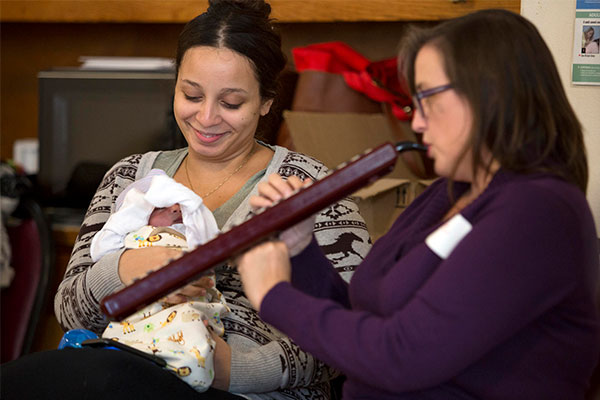
In 2020, the National Endowment for the Arts awarded a two-year grant to REACH (Research on Equity via the Arts in Childhood) as one of its national labs, bringing together early childhood researchers from WolfBrown, West Chester University, and Lehman College. It is a project with two hearts. One is the pursuit of the following question: “What could we learn about promoting human development through the arts, if we created and sustained high-quality arts pathways and made them available to children who would not otherwise have those opportunities?”
To answer this question, the lab is conducting three basic research studies of the impact of early arts pathways on the development of children growing up in poverty:
- A study of early family relationships that builds on Carnegie Hall’s Lullaby Project. It intends to examine how early music, movement, and play provide affordable, portable, culturally appropriate moments of mutual delight that foster communication and interaction skills. If early behavioral findings prove strong, we hope to go on to examine how musical play, and the intimacy it creates, affects the release of the bonding hormone oxytocin.
- A study of how preschoolers’ arousal levels, as measured by cortisol levels and their social-emotional functioning, are moderated through an arts-infused preschool program. It has been designed and hosted in partnership with Philadelphia-based Settlement Music School.
- A study of early elementary school children’s instrumental music learning at another Philadelphia-based organization, Play on Philly. Its focus is on understanding the underlying physiological processes, along with the focus and self-regulation skills, that learning to play an instrument may foster.
The other heart of REACH is acknowledging a community of insight. Each of the studies involves a diverse group of students who will one day enter the early childhood field, as clinicians, social workers, or early educators. Each of the studies is also committed to drawing on the insight of everyone involved. For instance, in the Lullaby study, we held “watch parties” to view our video data together. In those sessions, the clinicians-in-training taught the rest of us to be as interested in the “misfires” as in the smooth-running episodes between caregivers and children, arguing that negotiation is where partners learn from each other. These exchanges are leading us to design a culminating convening designed to bring practitioners and developmental scientists together as two sides of an equation.
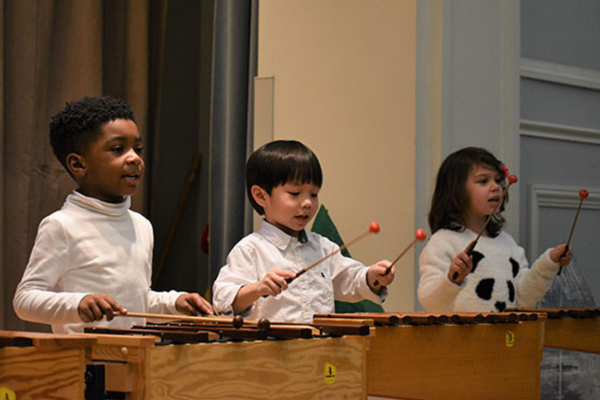
Finally, and far from incidentally, this work has urged us to examine other “not-so-small” details of our daily work that, left unexamined, quietly and steadily fuel systems of inequality. For example, our first round of lullaby data collected and coded information to investigate whether the experience changed how caregivers and children spoke to and played with one another. But never once did we sit down with those caregivers to ask, “What do you see happening?” In some sense, we kept them – the actual experts – locked in their role as observed subjects. In this next cohort, we intend to forge a different type of collaboration, watching the videos with parents to learn what they experience while writing their lullaby and what it is that their teaching-artist partners do that facilitates their experience. Together, we want to figure out what features of the lullaby process are the most powerful for families, in order to build them into what we do going forward.
Opening up pathways within arts research won’t undo the root causes of inequality, such as poverty, racism, and our ingrained indifference to the needs of poor families raising young children. But we see these studies, the work with a next generation of early childhood professionals, and the effort to learn from and with families as small, but necessary, steps in cutting a new path to thinking about knowledge generation as a mutual, deeply social, activity, informed by distributed expertise.
It is a first, and small, step in re-thinking how we collaborate.
Everywhere in Plain Sight
By Matthew Garcia
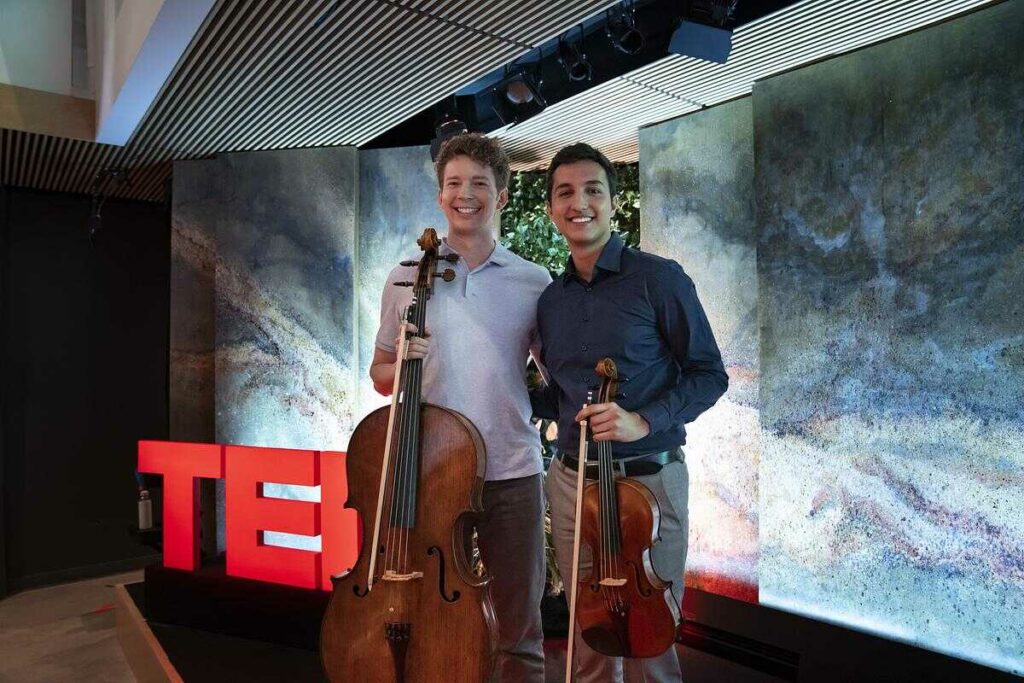

“Why am I one of the only people on stage who look like me?”
I asked myself this question every time I performed in a new ensemble or attended a national music festival during the years that playing the viola was a major part of my childhood. Growing up as a young Latinx musician from a Texas border town, the answer became clearer to me as I discovered the many musical privileges that others had. Children like me often did not have access to a professional quality instrument or a private teacher. As a result, they were at a competitive disadvantage from the start, regardless of native talent.
The arts, especially classical music, can be incredibly inaccessible to those who cannot afford or access the necessary resources needed to enter and persist in the field. Because of centuries of discriminatory policies and practices, this trend is especially true for people of color in the United States – who have been systemically prevented from acquiring wealth at the same rates as their White counterparts.
But things are changing. Arts organizations like Carnegie Hall’s NYO2 (an orchestral program in which I participated), the Sphinx Organization, and Juilliard’s Music Advancement Program are among the organizations that have led a systemic change towards equity. They are taking bold steps towards a more equitable distribution of knowledge and resources to musicians of color and other historically underserved groups.
One issue, however, can limit the reach of such organizations. They primarily operate in large musical capitals like New York or Chicago, serving many young artists but missing many others – young musicians who live out of the reach of these initiatives. For these individuals, the rise of virtual education in the aftermath of the COVID pandemic has created many new opportunities, connecting young musicians to high-quality arts education wherever they live.
Of course, there are challenges. Virtual education models can still be inaccessible to many families, especially those that cannot access affordable, high-speed internet. However, I am confident that as non-profits, governments, and industries help to bridge the digital divide for low-income families, we will one day be able to make virtual education available to everybody.
The TED Fellows recently invited me to speak about how the success of two virtual non-profits I helped to establish can serve as a case study for how virtual education can create a more inclusive arts field for everyone with access to the internet. I am excited to share this talk with you below and hope it inspires you to contribute, in any way that you can, to shaping the next, more diverse generation of young artists.
From Available to Accessible
By Dr. Thomas Wolf
If you haven’t figured it out by watching his TED talk on using the internet to build more equitable and inclusive pathways into the arts, Matthew Garcia is an unusual individual. My first encounter with him was at Carnegie Hall. I was sitting in the audience, watching and listening to him play viola in an orchestra. I was astounded to discover that Matthew, a teenager from a small town in Texas, had never had a private lesson on his instrument. He was largely self-taught since there were no viola teachers where he grew up. With the help of the internet as his pedagogical mentor and inspiration, he became sufficiently skilled to win an audition and become a member of Carnegie Hall’s National Youth Orchestra (NYO2).
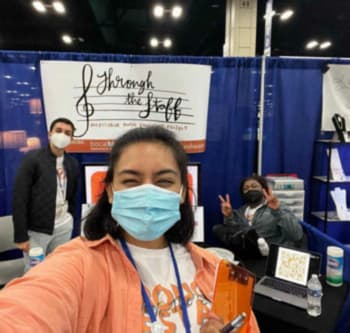
My second encounter with Matthew was at Harvard University, where I met him as a sophomore interested not only in music, but also in bio-medical research. All the same, we convinced Matthew to join us in the Cambridge office of WolfBrown, serving as a part-time research assistant in his “spare time” (I never figured out where that so-called “spare time” came from). But that did not seem enough for him. Matthew was determined to form not one but two non-profit organizations. He wanted to ensure that individuals like him who did not grow up in the kind of privileged environment shared by many of his fellow Harvard students could, through the internet, receive outstanding mentoring that would lead to the kind of success that he has enjoyed. One of the organizations he helped start, Through the Staff, operates in the music field. The other, the Pre-College Research Institute, focuses on academic research. This is surely a case of making the path by walking.
I began by offering Matthew my books on non-profit management. But for that information to become accessible, not just available, we met to apply the basics of non-profit incorporation, filing for tax-exempt status, forming a board, and setting up a fundraising campaign. In addition, we added Matthew’s colleague, Emily, because they both needed to own the knowledge jointly to make it fully operable. It was not enough to impart information. Matthew and Emily had to learn by actually doing the work with a real organization and documenting their efforts so the information would stick.
Clearly, Matthew was primed for traveling the pathway to running a non-profit. What about people without the same time, social connections, and technologies? What about someone in Nigeria starting a campaign for clean water, a young person in India wanting to empower young women, or a third person wanting to establish an association to market and sell local handicrafts in Peru? Helping such people demands deeper thought about the distance between availability and access. How does one scale the kind of in-person individual mentorship that I was providing to Matthew and Emily to thousands of young people around the world?
Beginning in 2014, I developed a MOOC (massive open online course) on fundraising through Philanthropy University. The concept of the course seemed simple at the time. It would be based on my book How to Connect with Donors. I would provide a series of 50 very short (4-6 minute) lectures via video. Then, the class would get to work on assignments, critiquing one another’s work, and nominating the best examples to which I could respond. Periodically, I would make myself available via the internet to answer pre-selected questions from students while others looked on. But simple as it sounded, there were complications. The student body numbered not in the hundreds or thousands but in the tens of thousands, and they came from countries whose fundraising practices differed markedly. How was I to design a course that spoke to everyone’s needs?
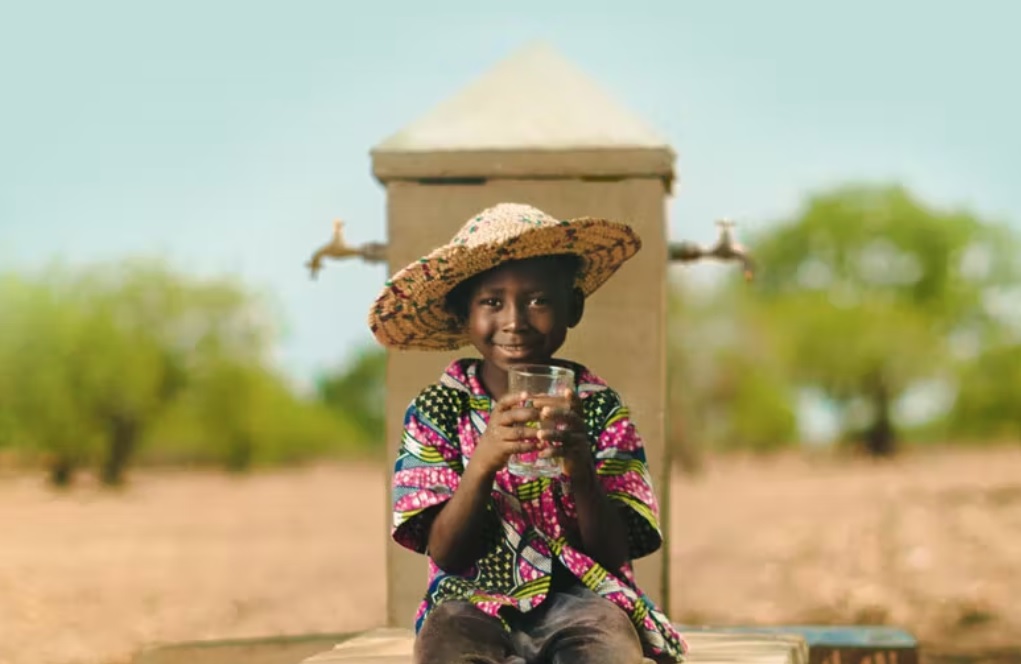
More basic was the problem of technology. We had assumed, naively, that everyone could access video via the internet. But many students possessed only a smartphone with modest internet capacity. Our format was mismatched to many of the students who most needed and wanted the information. These were entrepreneurial individuals, the majority in their twenties and early thirties, typically working at least a full-time job, juggling family and community responsibilities, and operating a nascent organization (whether a non-profit, a charity, or a non-governmental organization depending on the country) with minimal technology. While our course was available to anyone, it was far from accessible.
In a wholesale re-boot, we redesigned the course for audio podcast, adapted some of the material to be useful for smaller entities in diverse settings, and divided the course into different components that individuals could access at different stages in their careers. As to the goal of scaling technical assistance, the results seem to speak for themselves. The course (which is still offered years later without the complex interactive components of the first version) has now reached over 100,000 students in more than a hundred countries.

